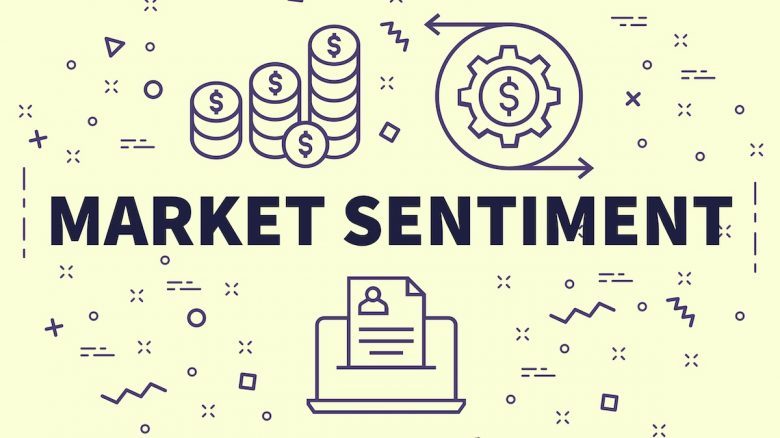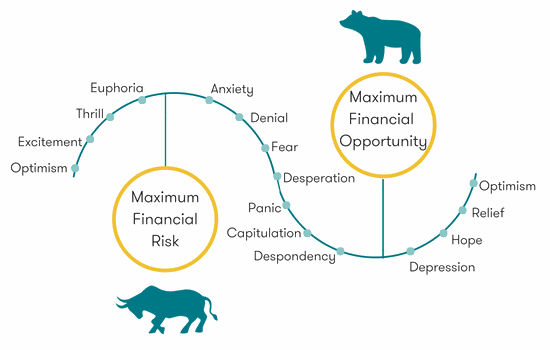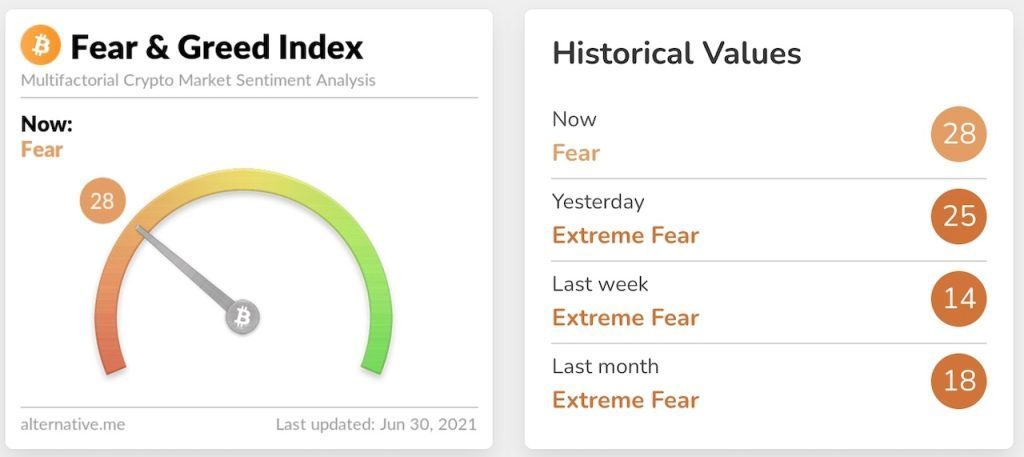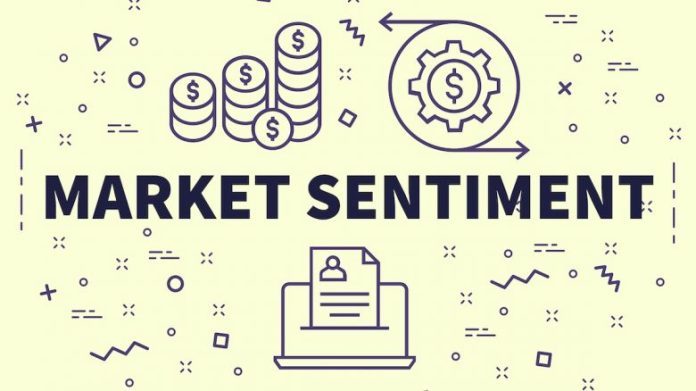
When investing in Crypto, one of the essential factors to consider before making an investment decision is to analyze and evaluate the Market Sentiment at that time.
In this article, we will learn what Market Sentiment (or Market Psychology) is and how to analyze and apply them to investing in the Cryptocurrency market.
What is Market Sentiment?
Market Sentiment, or market sentiment, refers to the overall attitude, what investors think, emotions and moods toward a particular financial market. In the Cryptocurrency market, this attitude is an accumulation of many factors, including price fluctuations, news, national and world events, investor sentiment, etc.
If investors expect prices to increase in cryptocurrency, then the Market Sentiment is considered Bullish.
In contrast, if investors expect the price to go down in the cryptocurrency market, then the Market Sentiment is said to be Bearish.
In other words:
A rising price indicates Market Sentiment Bullish.
Falling prices indicate Market Sentiment Bearish.
Market Sentiment in Bullish & Bearish

The figure below depicts investor sentiment during a market cycle. Although it refers to the US stock market, I find them proper in the Cryptocurrency market.
Market Sentiment in Bullish
The Cryptocurrency market and all financial markets go through bull and bear cycles. When the market is in a bull phase, the market sentiment will be upbeat, filled with confidence and greed. Usually, these are the main emotions that lead to exciting trading activity in the Cryptocurrency market.
When trust and greed are too great, it will often push the market to overestimate; this is how financial bubbles form. In such a situation, many investors lose their minds, forget the actual value and buy a coin & token just because they believe the market will keep going up.
A strong bull market will sometimes move sideways as assets are sold gradually. This is also known as the distribution phase. However, some cycles do not exhibit a clear distribution phase, and the downtrend begins shortly after the peak.
Market Sentiment in Bearish
When the market turns bullish to bearish, investor euphoria can quickly become skeptical, as many traders refuse to believe that the uptrend is over. As prices continue to fall, market sentiment will soon turn negative. This mentality often includes feelings of anxiety, denial, and panic.
Against this backdrop, investors begin to question why prices are falling, which will soon lead to a phase of denial. The phase of denial is expressed in terms of feeling unacceptable. Many investors insist on holding a losing or holding position because “it’s too late to sell” or because they want to believe that “the market will bounce back soon.”
But as the price falls, the stronger the “panic sell” wave. At this point, fear and panic often lead to abandoning the market (bottom selling).
Eventually, the downtrend will stop when volatility decreases, and the market calms down. Usually, markets go through a period of sideways movement before feelings of hope and optimism emerge again. Such a sideways phase is also known as an accumulation phase.
How to Analyze Market Sentiment

The market sentiment at one point was the general sentiment of the vast majority of investors in the market. To get a feel for it, you will need to gather market participants’ views, ideas and opinions. While helpful, you should not rely solely on market sentiment analysis to make investment decisions.
You can use many methods to get a basic feel of the Cryptocurrency market, such as following the famous KOL on Twitter.
Additionally, you can view relevant social media pages and channels to understand how the community and investors feel about each project.
You can also join their communities and Telegram groups to talk directly with the project team and community members,…
In addition to following social channels, you might consider keeping updated with the latest industry news through media portals.
Use Market Sentiment to invest effectively
Market Sentiment analysis should be an essential part of many trading strategies. Usually, it would be best to decide by synthesizing all the information available from technical, fundamental, and Market Sentiment analyses.
In general, combining fundamental and technical analysis with analysis of the Market Sentiment allows investors to:
Gain a better understanding of short-medium and long-term price action.
Develop better control over your emotions.
Look for highly profitable investment opportunities.
Example: The Crypto Bullish Market in 2017 is a clear example of how market sentiment affects price and vice versa. Bitcoin rose from approximately $900 from January to December to a record high of $20,000.
During the bull run, the market sentiment became more and more positive. Thousands of new investors joined, catching up on the excitement of the bull market. FOMO, over-optimism and greed quickly pushed the price up, the new high being higher than the old one.
The trend began to reverse in late 2017 and early 2018. The subsequent correction left many late participants with significant losses. Even when the downtrend occurred, false confidence and complacency led many to insist on holding positions.
A few months later, the market sentiment turned extremely harmful as investor confidence hit a record low. FUD and panic caused many buyers near the top to sell near the bottom, resulting in huge losses. Some people have become distrustful of Bitcoin even though Bitcoin technology is continuously improving.
Summary
While market cycles are well known, they are not always easy to control. The challenge for investors is understanding not only market psychology but also their psychology and the extent to which this factor affects investment decision-making. Combining Market Sentiment analysis with technical and fundamental analysis will help you increase your probability of winning in investment decisions in the Cryptocurrency market.


